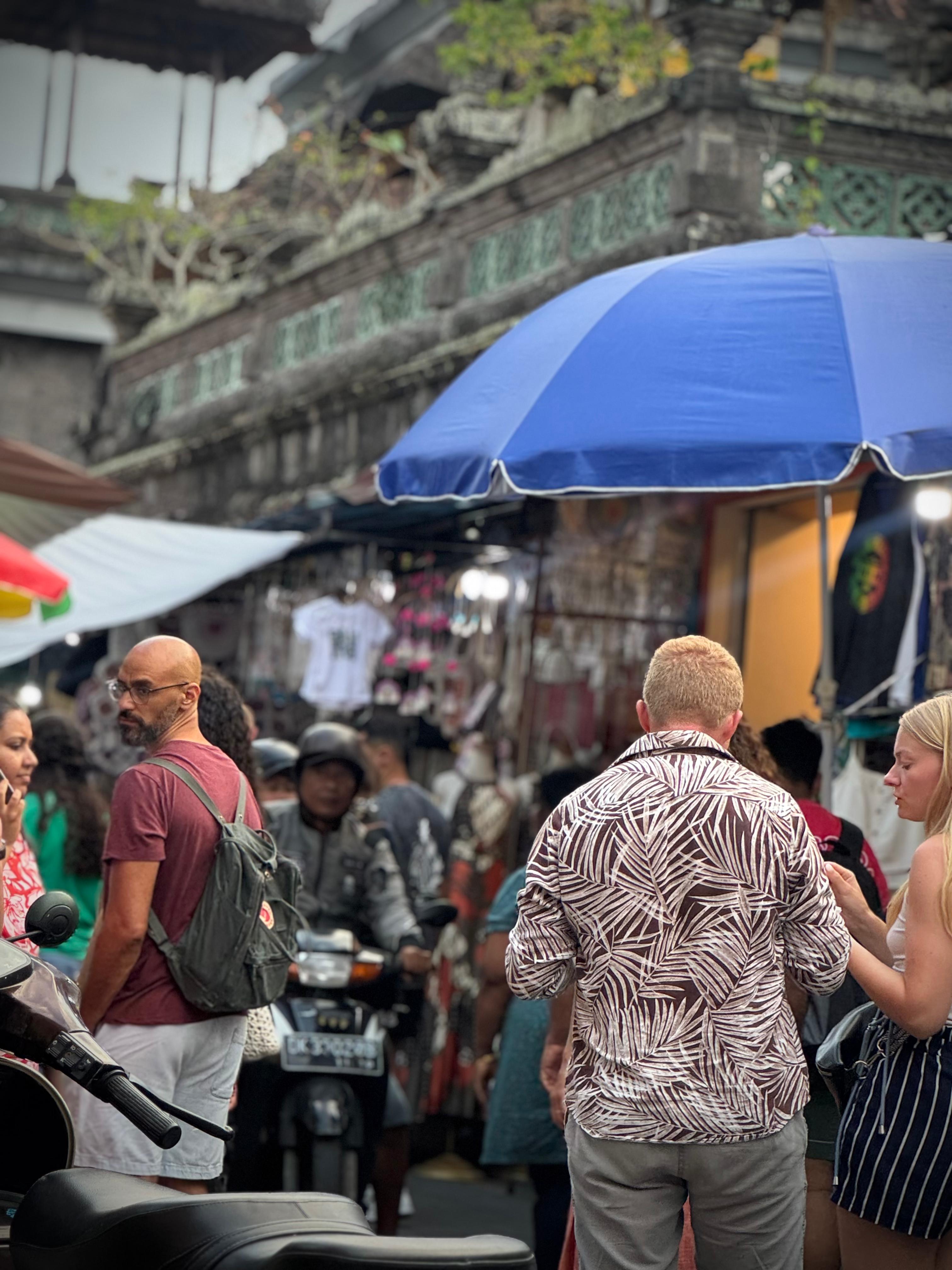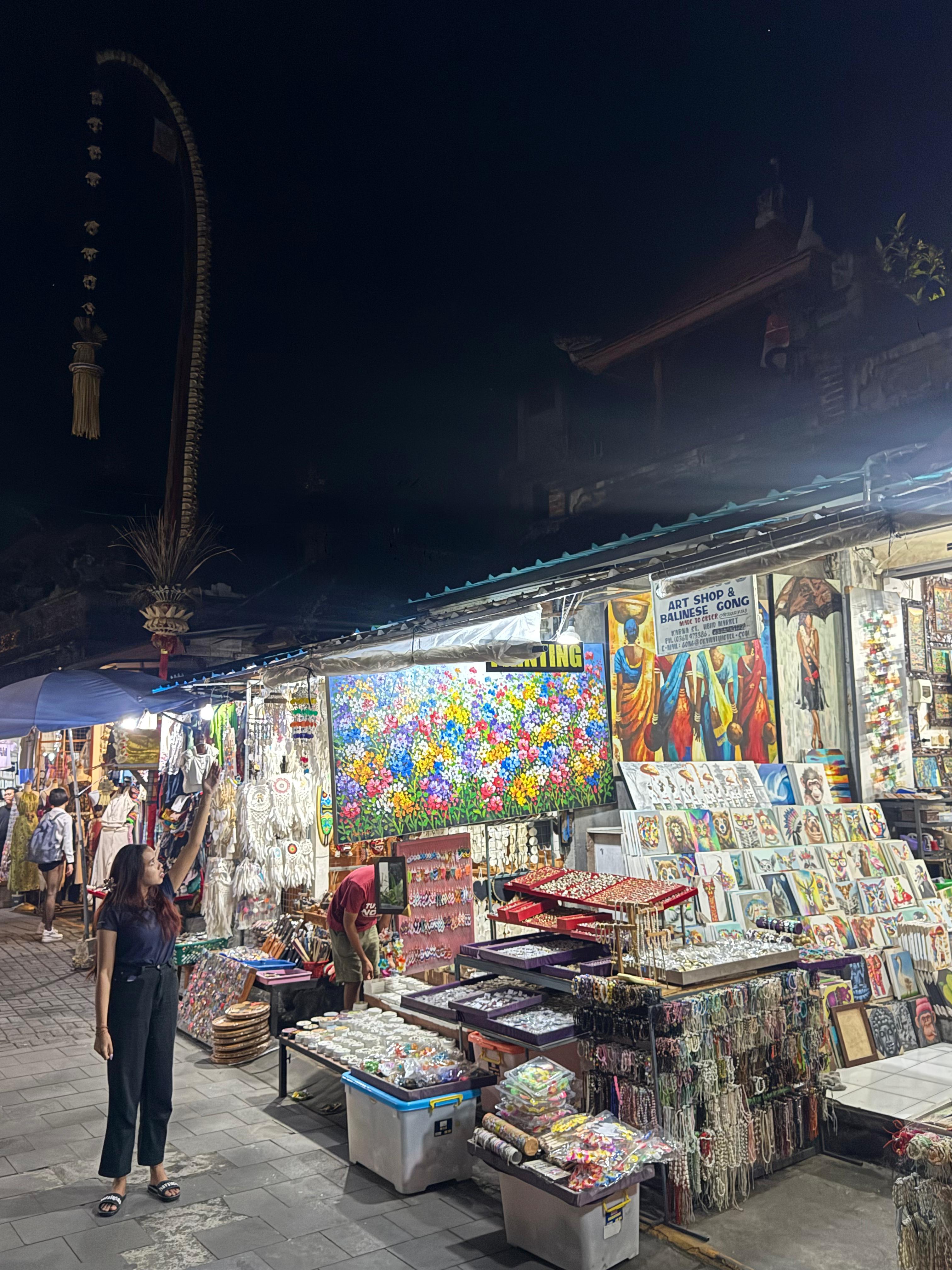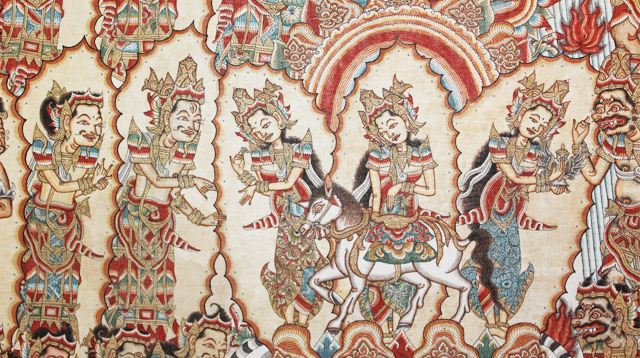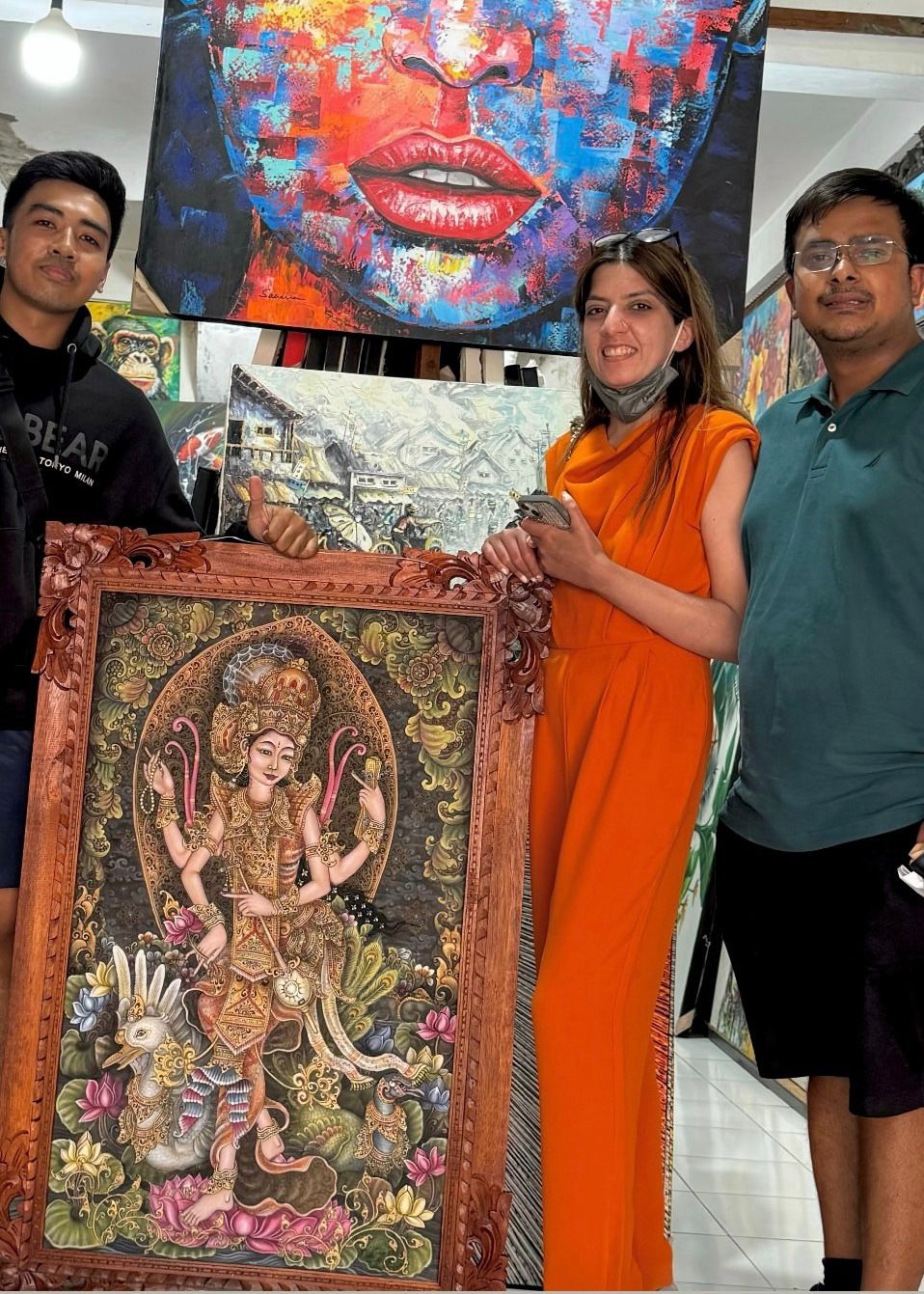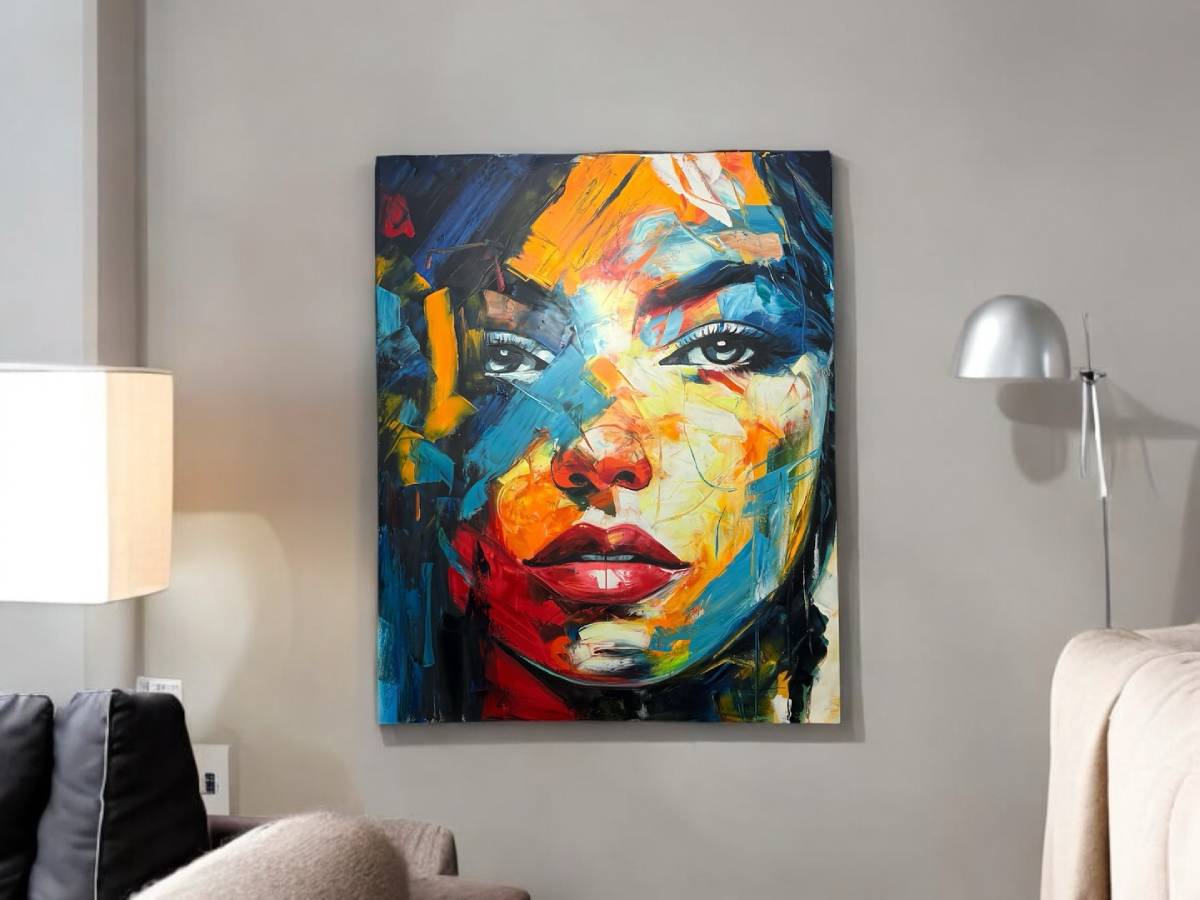Ubud, a serene town nestled in the heart of Bali, Indonesia, has long been known as the cultural and artistic capital of the island. Surrounded by lush rice fields, forests, and temples, Ubud’s natural beauty and spiritual energy have inspired generations of painters. But how did painting become such a vital part of Ubud’s identity? And why are there so many artists in this tranquil village?
Painting in Ubud in the Past
In the early days, painting in Ubud was deeply rooted in spiritual and religious traditions. Rather than being created for decoration or commercial purposes, early Balinese paintings served ritualistic and sacred functions. Artists, often considered as craftsmen serving temples or royal courts, painted scenes from Hindu epics like the Ramayana and Mahabharata, as well as local myths and folklore.
The traditional style, often referred to as Wayang painting, featured flat, detailed figures, symbolic storytelling, and little to no perspective. These artworks were filled with religious symbols and served as visual tools for storytelling and worship.
A Living Tradition
Today, Ubud remains a vibrant center for both traditional and contemporary painting. Its streets are lined with art galleries, workshops, and museums like the Museum Puri Lukisan, showcasing the evolution of Balinese art. Young artists continue to emerge, blending old techniques with modern expression.
In Ubud, painting is more than a craft — it is a reflection of life, spirit, and identity. The village’s deep artistic roots continue to nourish a new generation of creatives, making Ubud not just a place to see art, but a place to feel it.

